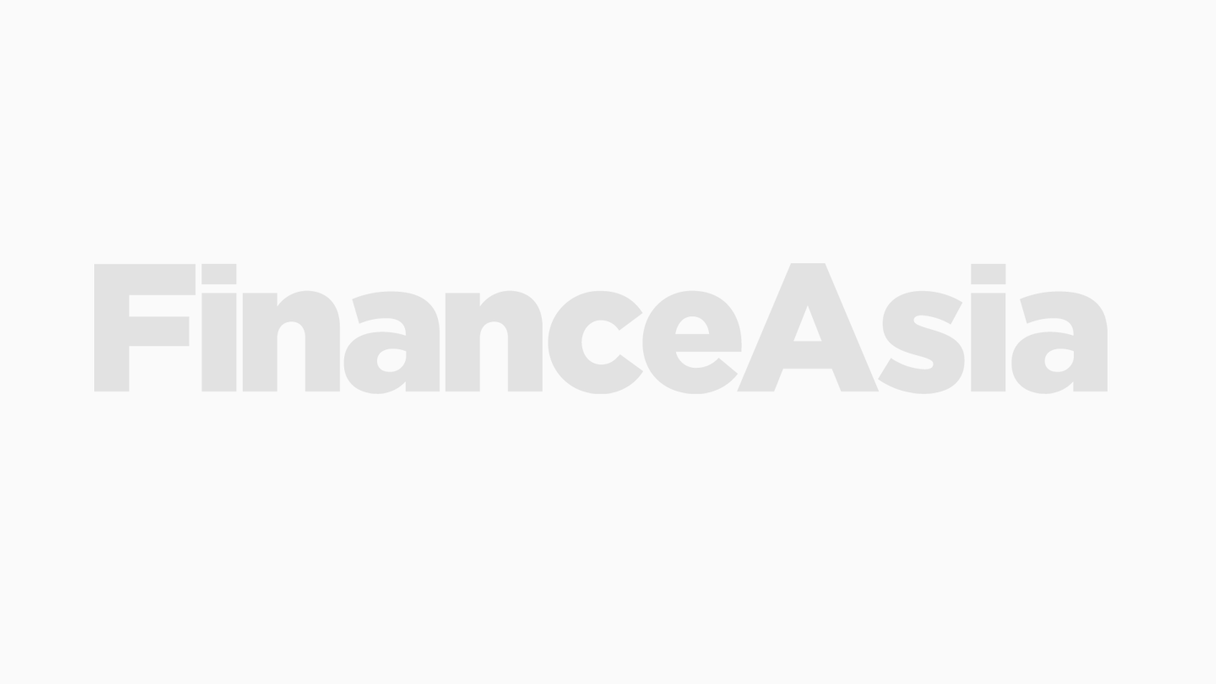Yet, the order book was more than three times subscribed which allowed the Republic to raise the transaction size from $1.5 billion and tighten final pricing inside initial guidance. ôDemand reflected the marketÆs confidence in IndonesiaÆs sound fiscal policy management and inflation fighting credentials,ö says a banker close to the deal.
The bonds are rated BB- and Ba3 by Standard & PoorÆs and MoodyÆs Investors Service respectively, which is three notches below investment grade. Emerging market debt is clearly attracting greater investor demand, as evidenced by the performance of the JPMorgan Chase EMBI+ Index, whose yield premium over US Treasuries has narrowed 80bps since mid-March to about 250bp.
The multi-tranche offering was split into a $300 million reopening of the 6.75% March 2014s, a $900 million reopening of the 6.875% January 2018s, and a $1 billion reopening of the 7.75% January 2038s. The taps were issued at 312.7bp, 306.1bp and 337.1bp over US Treasuries and the new sizes are $1.3 billion, $1.9 billion and $2 billion respectively.
Credit Suisse, Deutsche Bank and, for the second time this year, Lehman Brothers, were joint book runners. Lehman has now led five out of the last seven Indonesian public bond offerings.
Initial price talk had indicated discounts on the tranches ranging from 1.00 to 1.50 percentage points, which then tightened a quarter-of-a-point across the curve. In the end, the short-dated tranche offered a yield premium of 14bp, the 2018s offered 11bp and the long-dated 2038s showed a spread of 9bp above the yield of the existing bonds.
The pricing on the 2018 was at the same spread as in January, while the 2038s came slightly wider than their January spread of 329bps, which reflected a strong performance in the secondary market despite still weak credit conditions, and the fact that Indonesian government officials have learnt from early criticisms and are now communicating their intentions to investors in good time. The launch of the issue followed shortly after brief roadshows attended by government officials.
Indonesia raised fuel prices for the first time in three years on May 24 by an average of 29%, yet the countryÆs budget deficit is likely to increase to 1.8% from 1.6% last year. But a source involved in the deal pointed out that the sovereign is unlikely to tap the dollar market again this year as long as the average oil price does not exceed $150 per barrel. Should that happen then there would be a further negative impact on the countryÆs fiscal deficit as the government would be forced to pay higher subsidies; on the other hand, for that average price to be reached, the oil price would need to move to and remain at $200 per barrel for several weeks.
Nevertheless, the fuel price rise is likely to restrain consumer spending, so the government has revised its GDP growth forecast to 6% this year from a previous estimate of 6.4%.
Investors were also reassured by the central bankÆs decision to raise its benchmark interest rate on June 5 by a quarter of a percentage point to 8.5% after inflation reached a 20-month high of 10.4% in May.
Although the bond issue found solid support from investors who also participated in the earlier January offering, apparently bonds were also placed with about 50 new accounts, after the lead managers received 360 orders amounting to more than $6 billion. Demand from US accounts was particularly strong for the short- and long-dated tranches, accounting for around 60%, while European investors took up nearly half of the 10-year bonds. Asset managers and hedge funds bought about three-quarters of the combined issue, with the balance being placed with banks, insurance companies and pension funds. In all, bonds were allocated to 192 accounts.
¬ Haymarket Media Limited. All rights reserved.



